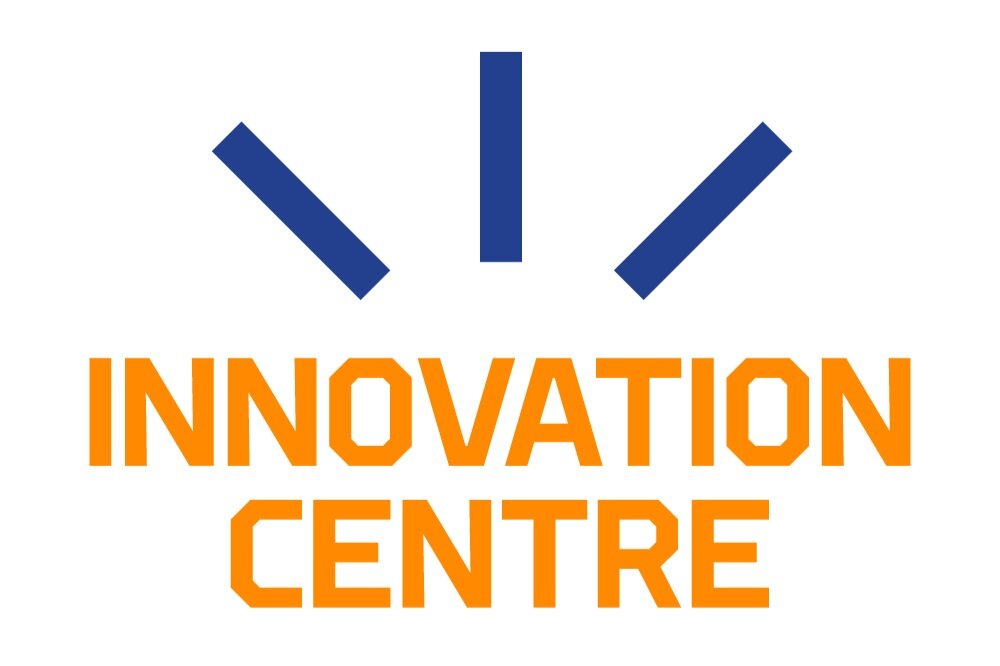New business from research: the reflections of a new employee on business development at the University of Oulu
Written by Markku Känsäkoski
The goal of a Business Finland’s Research to Business (R2B) project is to establish a company that an inspired team begins to expand or to license the team’s technology to an existing company. Could this lead to the birth of Finland’s first unicorn at the University of Oulu? It’s a dream come true!
Business Finland’s Research to Business (R2B) funding is intended for public research organisations to help them commercialise their research-based product or service ideas and conduct applied research in support of commercialisation. R2B is an excellent form of funding for teams with a strong background in research and an idea for feasible commercialisation.
R2B funding provides an excellent opportunity to develop the business side of a research-based idea before actually setting up a company. It also offers a way to explore and test various commercialisation models.
However, the key benefit comes in the form of additional insight into the commercial potential of research results gained through the project.
All the surveys conducted during the project reduce the financial risks of a newly established company, as well as the technological challenges facing it.
How does Finland fare in comparisons?
Europe and Finland do poorly compared with the US in the commercialisation of business based on new technology and especially in scaling up business.
We are nearly on a par in terms of product development costs (the share of R&D of GDP) and the number of scholarly publications per resident, but at the commercialisation phase, the gap quickly grows wider. We are far behind in the number of patents and even farther in the share of entrepreneurs of the workforce.
As for the scaling of business, there’s a huge difference in the number of unicorns in relation to the population, and the gap just continues to grow in terms of the amount of growth capital invested in companies.
Further details about comparisons between Germany and the US can be found in Lake Star’s analysis “The European Financing Gap” and concerning Finland in the report published by the Ministry of Economic Affairs and Employment on a responsible and competent ownership society.
New job offers a vantage point
The above is a long introduction to my reflections on the first few months in my new job at the university. I hope it provides a picture of what I find motivating – or at least a glimpse into it.
What has my work as a business developer at the Oulu University Innovation Centre been like? In short, extremely interesting!
I have a superb outlook, as the University of Oulu is home to significant research in many important fields, and the business potential is enormous. However, it really has not been put to full use yet.
Over the last few months, I’ve had the chance to learn more about the top research conducted at the University of Oulu, support and promote our projects that sought Research to Business funding last autumn, participate in the commercialisation of IPR and in related licence negotiations, as well as join the assessment of the Proof of Concept projects of the Oulu University of Applied Sciences, just to mention a few things.
Thanks to all these tasks, I now have a good idea about the funding requirements for R2B projects, the University’s IPR and related agreement policy, remuneration that inventors are entitled to, and the special characteristics of funding related to R2B projects, especially when transferring IPR from the University to companies.
The foundation for developing good business is there. The University has a host of good practices.
Perhaps one of the biggest challenges has been finding information from the huge volume available. There’s a lot of information in different systems, but its availability and accessibility are often not as good as you might expect. Luckily, I have colleagues to turn to!
How does the University of Oulu place in European comparisons?
In the latest survey conducted by ASTP (the Association of European Science and Technology Transfer Professionals), the University of Oulu did well in the number of invention disclosures and especially in the amount of commissioned research.
However, just like in the “commercialisation race” between Europe and the US, the university’s ranking begins to decline when it comes to the number of patent applications and patents granted, as well as IPR income. Fortunately, not as radically. And thankfully there’s still room for development!
But does this make any difference? Yes, it does. You don’t need to be a fortune teller to hazard a guess that the amount of public funding to universities is not likely to grow a whole lot in the future.
We need new sources of funding, such as licence revenue from IPR or capital gains from companies in which the University of Oulu is a shareholder. According to the media, the University of Helsinki received nearly 50 million euros for a holding of around eight per cent in Mobidiag, which was acquired by Hologic, a US company, in April 2021.
I’ve been involved in turning research into business for 30 years. What continues to motivate me? In a nutshell, being part of creating new, significant business, even if the resources available aren’t the largest. Plus, there’s always that possibility of finding a unicorn!
Markku Känsäkoski
Business Development Manager
+358 50 473 0561
markku.kansakoski@oulu.fi
Commercialization of research results, Proof-of-Concept and Research-to-Business funding, innovations.



